In 1872, German chemist A. Baryer first synthesized phenolic resin, which was the first artificially synthesized and industrialized polymer compound. Phenolic resin can be divided into solid phenolic resin or liquid phenolic resin according to its f...
Share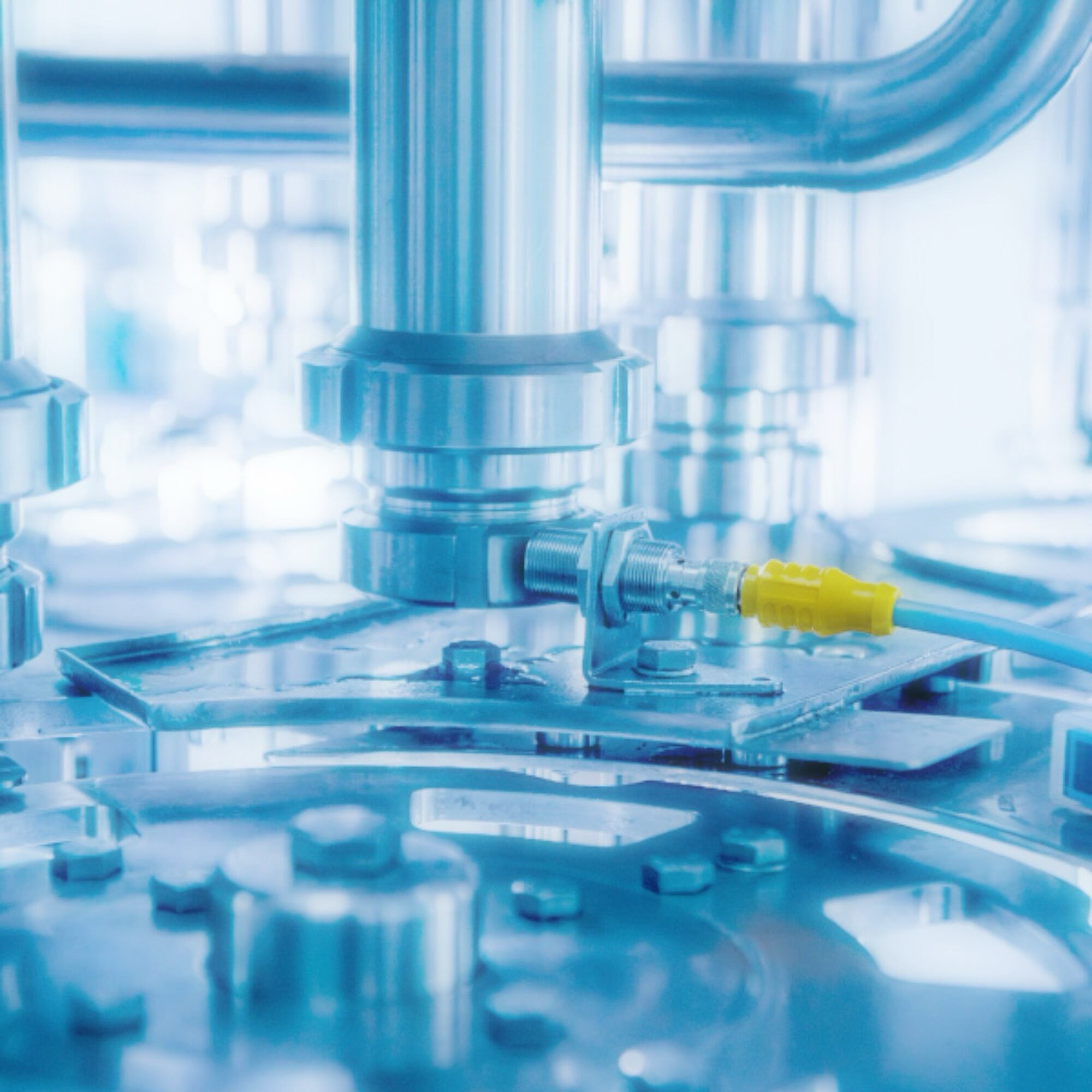
In 1872, German chemist A. Baryer first synthesized phenolic resin, which was the first artificially synthesized and industrialized polymer compound. Phenolic resin can be divided into solid phenolic resin or liquid phenolic resin according to its form . It is generally colorless or yellowish brown. Since it is a resin formed by the condensation of phenols (phenol, alkylphenol, etc.) and aldehydes (mainly formaldehyde) under the action of a catalyst, the residual phenols in the material sometimes appear slightly red, and can form thermoplastic or thermosetting resins according to different catalytic processes.
Phenolic resin application industry :
Adhesive industry - Most of them use alkali-catalyzed and synthesized phenol-formaldehyde resins, which are also modified with polyvinyl acetal, polyamide, etc. to improve the toughness of phenolic resins and improve their adhesion. They are often used in the production of weather-resistant, Phenolic resin adhesives for heat-resistant wood products. In addition, there are many kinds such as urea-modified phenolic resin adhesive, phenolic-polyvinyl acetal adhesive, phenolic-chloroprene adhesive, etc. At present, my country's mid-to-high-end market for reinforced phenolic resins or special phenolic resins with excellent performance continues to be in short supply due to high technical barriers and few new entrants.
YHChem Modified Phenol Aldehyde Resin Adhesive Solution
Modified phenolic resin adhesive production process
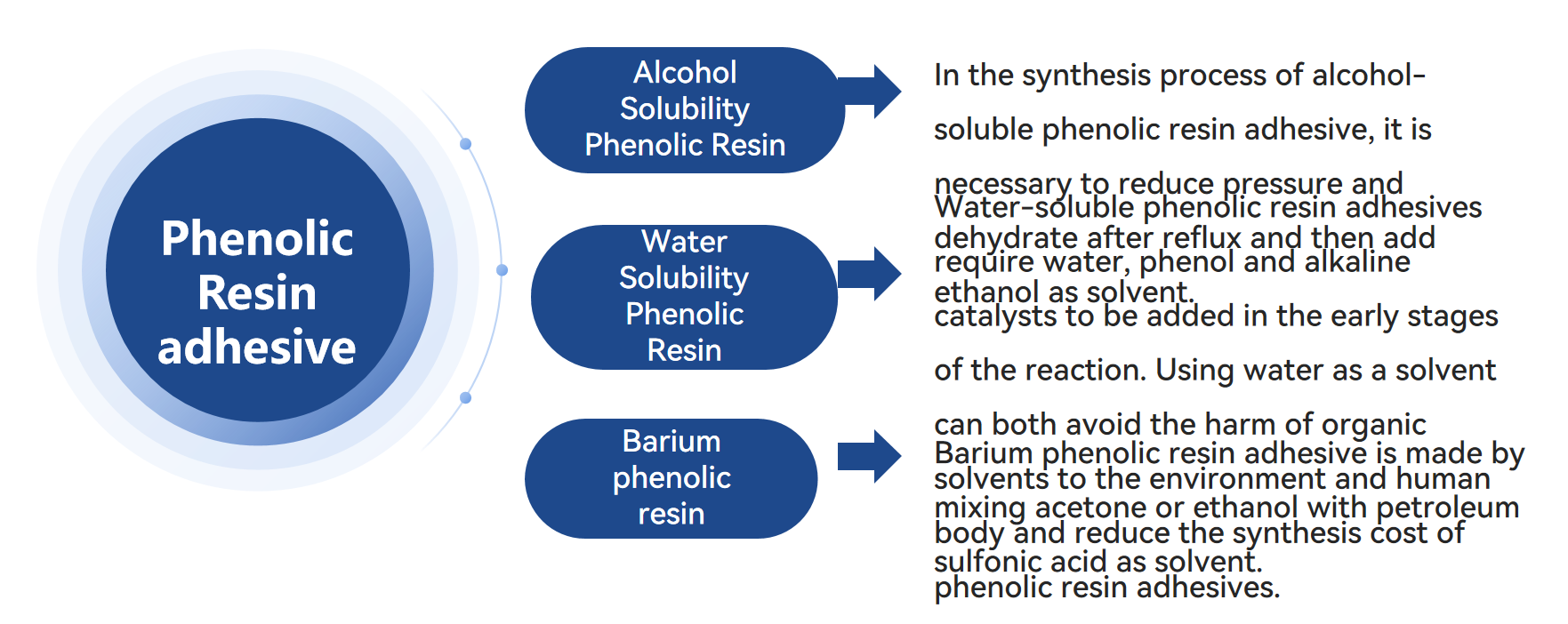
Process Overview
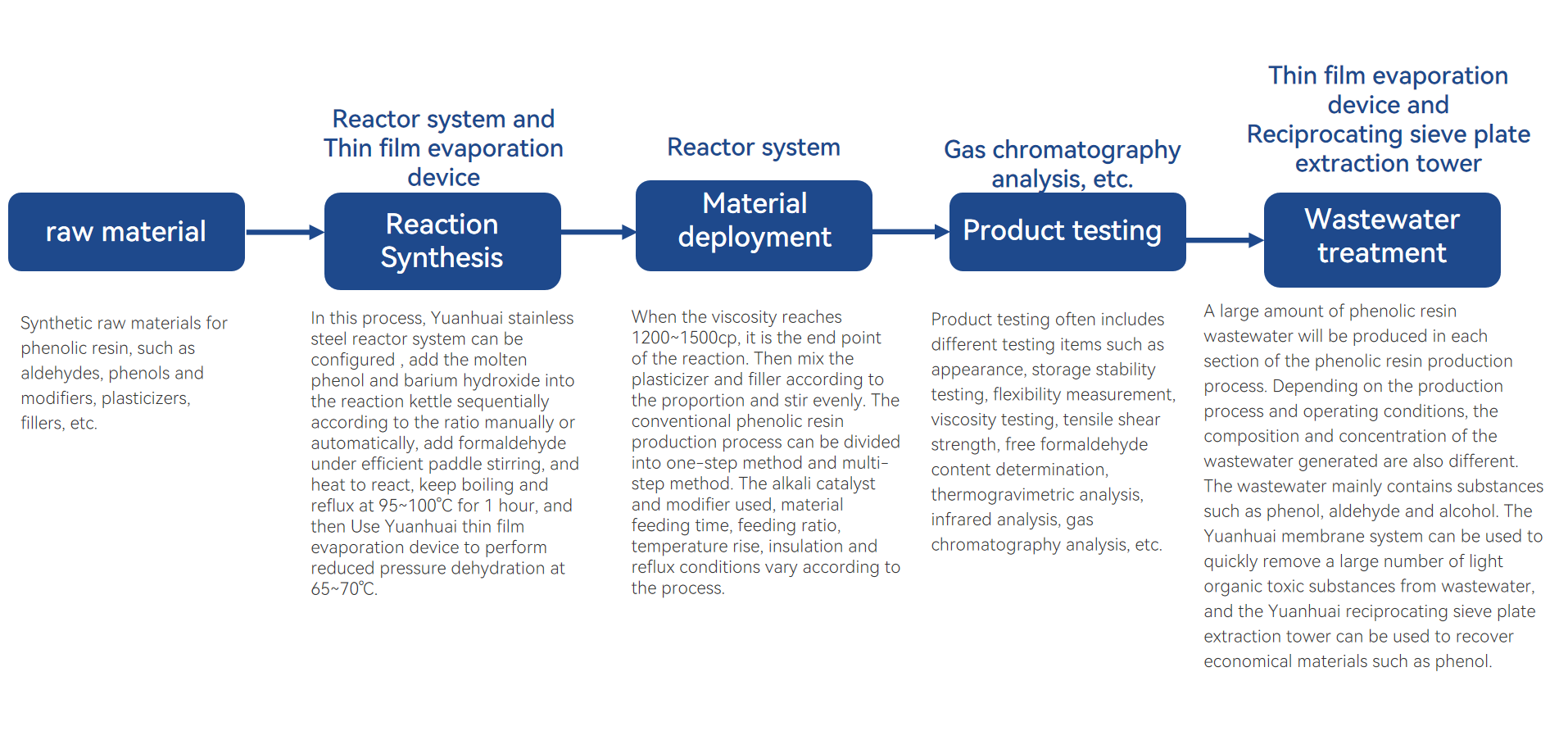
Core process equipment
Yuanhuai stainless steel reactor system
It includes a stainless steel jacketed reactor body, a variable frequency speed regulating stirring assembly, a condenser, a temperature control unit, a vacuum system, etc.
Yuanhuai stainless steel reactors are equipped with different reserved ports according to the customer's synthesis process, and can be customized to design flow materials, stirring forms, and condenser condensation areas; according to different reaction temperatures and pressures, they are equipped with pressurized gas inlets and temperature control units of different levels; The vacuum unit at the rear of the device can realize negative pressure feeding, and the device is sealed to prevent phenols, aldehydes, alcohols and other substances from leaking out to pollute the environment and keep the ratio of each material in the reaction system unchanged; Multiple monitoring instruments such as pressure gauge, thermometer, liquid level gauge, etc. can be configured to monitor the reaction conditions in real time and increase the material yield.
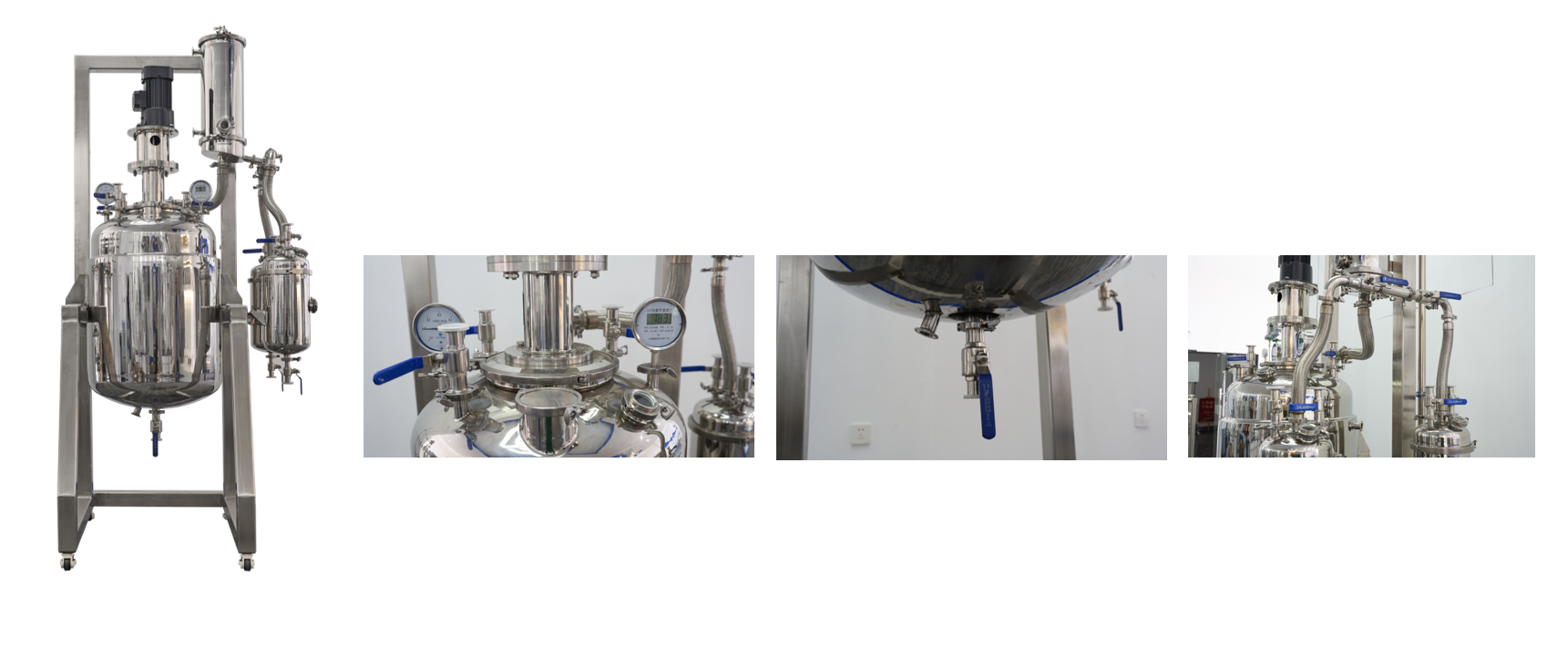
█ The stirring speed can be adjusted in real time to adapt to different reaction characteristics;
█ The standard stainless steel reactor uses 316L high-quality stainless steel, which is stable and corrosion-resistant; the reactor can also be customized according to material characteristics: high borosilicate glass/stainless steel/glass-lined/fluoropolymer/Hastelloy®, etc.;
█ High-precision processing technology, good equipment sealing, and the smoothness inside the stainless steel reaction kettle can reach 0.2um;
█ Multiple reserved ports, combined with corresponding detection devices, can achieve precise control of different reactions and can be connected to a vacuum system. The pressure range of the kettle body is -0.1MPa~0.1MPa;
█ Scientifically and reasonably configure the temperature control unit, frequency conversion motor, and vacuum system according to customer needs to reduce the operating costs of the reactor
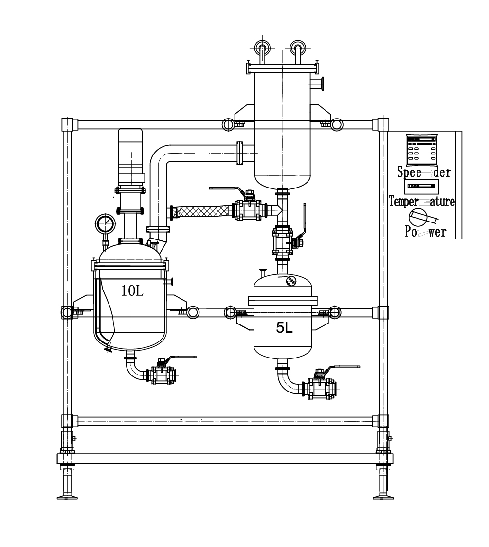
Yuanhuai Thin Film Distillation System
It includes a thin film evaporator body, a feed preheating storage tank, a material conveying unit, a vacuum unit, a temperature control unit, a vapor-liquid separator, a condenser, a continuous discharging device, etc.
Yuanhuai thin film evaporation device customizes the design of different process wastewater parameters such as feed material quantity, feed rate, feed temperature, feed component content, etc., and performs high-speed negative pressure dehydration of the synthesized phenolic resin under vacuum conditions, thereby shortening the process time, preventing the phenolic resin from hardening at high temperature, and enabling continuous automated operation. The device can also be used for the treatment of phenol-containing wastewater in the wastewater treatment stage. The device is used to quickly remove low-boiling organic matter, and a distillation column is selected to recover highly economical material components. Subsequently, the Yuanhuai reciprocating sieve plate extraction tower is used to recover benzene series products with a purity of up to 95%.
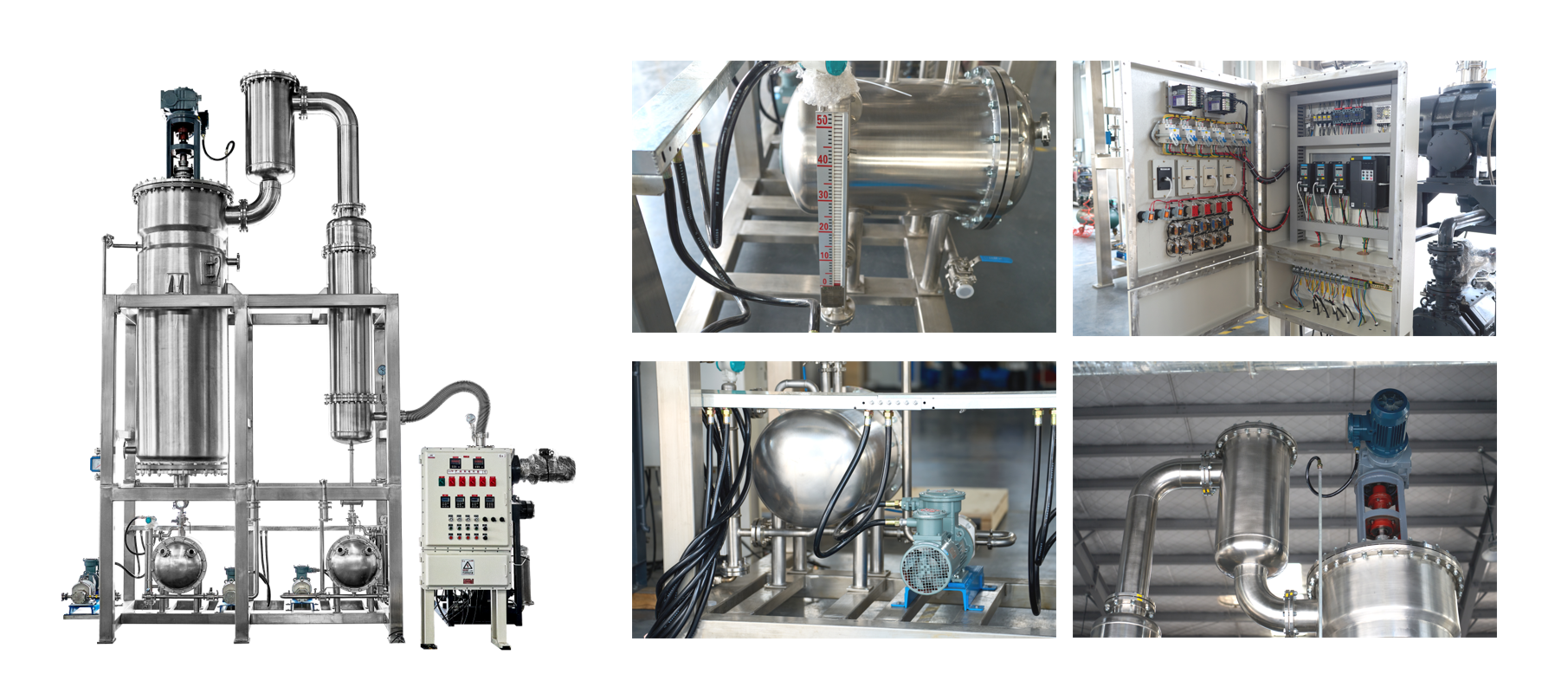
█ Continuous and stable feeding method.
█ High boiling point materials can be evaporated at low temperature under high vacuum conditions.
█ The heat transfer residence time is short and it is easy to handle heat-sensitive materials.
█ High evaporation efficiency and good separation effect.
█ The processing speed is fast and can be connected to a distillation column to improve product purity.
█ The equipment is compact and occupies a small area.
YHCHEM Reciprocating-Plate Extraction System
Including reciprocating sieve plate extraction tower body, light phase inlet and outlet buffer storage tank, heavy phase inlet and outlet buffer storage tank, motor stirring system, inlet and outlet conveying pump, preheating device before tower, multiple detection instruments and control system, etc.
Yuanhuai's reciprocating sieve plate extraction tower is customized according to the feed phase ratio and other parameters. Based on the extraction principle, it uses reciprocating sieve plates to break up the dispersed phase and expand the mass transfer area, thereby achieving efficient extraction. Yuanhuai can provide customized extraction tower design, extraction experiment guidance and standardized reciprocating sieve plate extraction tower test tower device.
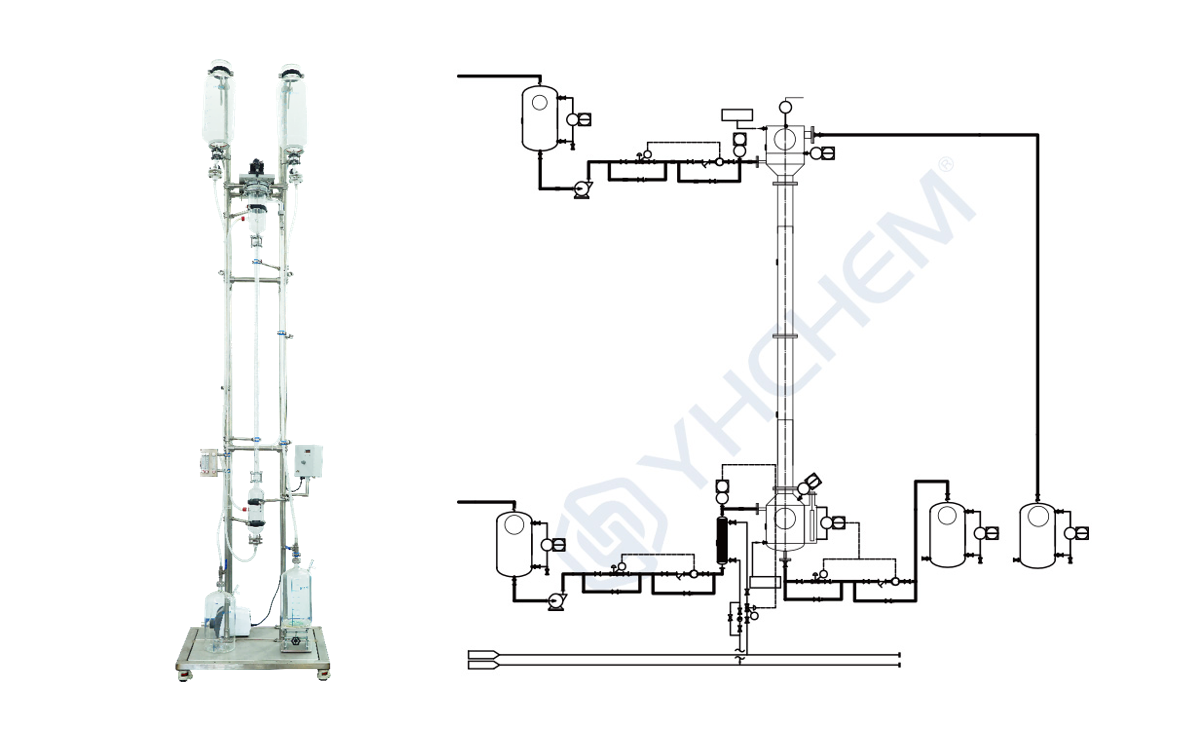
█ Continuous production;
█ Customized design;
█ Small footprint, large processing capacity, and low volume usage;
█ Professional technical team calculation and customer guidance